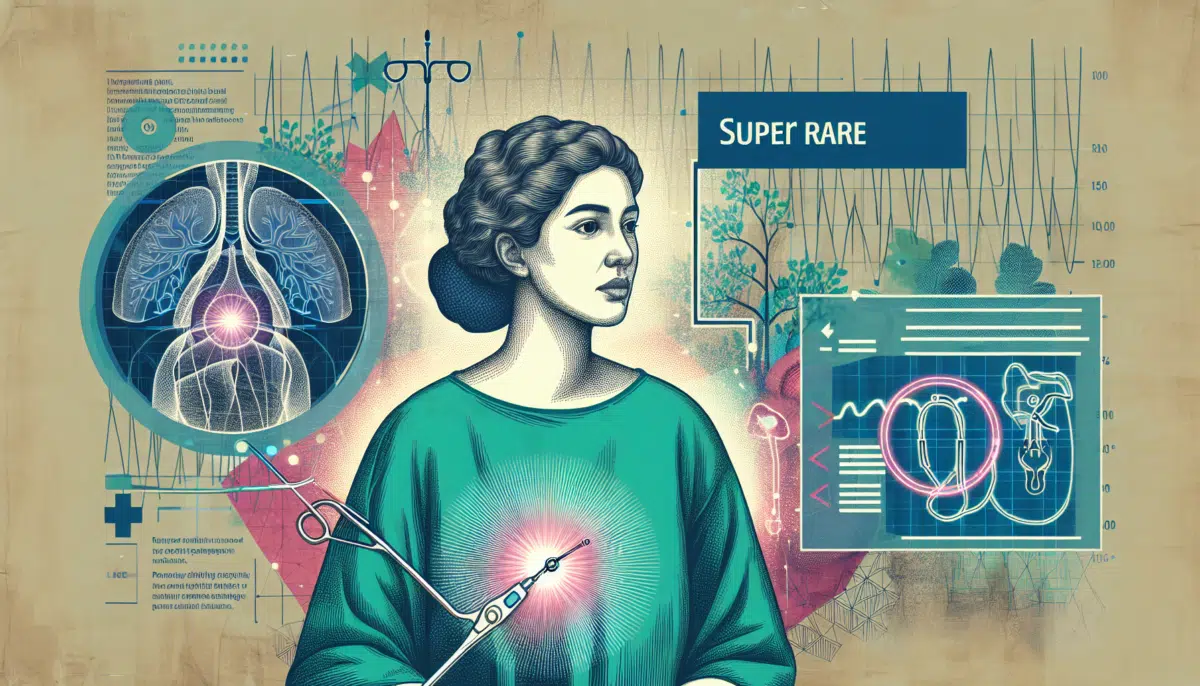An upcoming solar eclipse on April 8th, 2024 presents a unique opportunity for a Senior Design Team from the College of Engineering. The team will travel to Erie, Pennsylvania with a mission to capture the celestial event on film and broadcast a live stream for spectators worldwide to enjoy from the comfort of their homes.
The team consists of five dedicated members: Jonathan Isley, John Nori, Alexa Sano, Brandon Vaalburg, and Lloyd Yoo. Working in collaboration with another engineering team from Gannon University, they will launch their equipment from a small field in Erie.
The Senior Design project involves the deployment of a sophisticated setup including a high-altitude balloon, cameras, a GPS tracker, and a grounding system. The payload is equipped with a photodiode-based solar sensor and a custom quad-cell tracking algorithm to ensure that the camera maintains focus on the sun and the eclipse by adjusting its orientation through an internal gearing system. The primary objective of the project is to release the balloon system into the atmosphere to capture a comprehensive 360-degree view of the solar eclipse from the upper stratosphere.
The preparation for this endeavor is meticulous and demanding. Apart from the extensive hours dedicated to building and testing the equipment, the day of the launch requires intense coordination and setup. The team must establish a grounding station several hundred yards from the launch site to serve as the central control point for all systems onboard the balloon. This station is crucial for maintaining communication with the payloads during the flight. Approximately an hour before lift-off, the team will fill the high-altitude balloon with helium, secure the payloads with paracord, and initiate the launch. As the balloon ascends to altitudes of over 100,000 feet, the team will closely monitor its trajectory from the ground and prepare for the subsequent chase and recovery operations.
Lloyd Yoo, a member of the team, highlights the distinctive perspective offered by high-altitude ballooning, stating, “While observing the eclipse from the ground is captivating, witnessing it from the upper atmosphere provides a truly unique vantage point. Our specialized Insta360 camera will capture the moon’s shadow as it travels across the Earth’s surface during the eclipse.”
Traditional ground-based viewers may face obstacles such as cloud cover, precipitation, and light pollution that could hinder their eclipse experience. However, this project promises an unparalleled view of the celestial event that transcends conventional visibility from the ground.
Yoo further emphasizes the team’s aspiration to ignite scientific curiosity and inspire future generations of engineers and scientists worldwide.
Experience the live-stream of the eclipse’s 360-degree perspective starting at 2:00pm EST:
Frequently Asked Questions (FAQs)
1. What is the purpose of the Senior Design Team’s project?
The purpose of the Senior Design project is to capture the solar eclipse on film from a 360-degree viewpoint in the upper stratosphere using a high-altitude balloon equipped with cameras and tracking systems.
2. How does the team ensure proper camera orientation during the eclipse?
The payload contains a photodiode-based solar sensor and a custom quad-cell tracking algorithm that work together to adjust the camera’s orientation through an internal gearing system.
3. What challenges does the team face during the preparation and launch process?
The team must meticulously set up a grounding station, fill the high-altitude balloon with helium, and secure the payloads before launch. They also need to monitor the balloon’s position during flight and conduct chase and recovery operations post-launch.
4. How does viewing the eclipse from the upper atmosphere differ from the ground?
High-altitude ballooning offers a unique perspective, allowing viewers to witness the moon’s shadow traversing the Earth’s surface during the eclipse, a sight not easily visible from the ground due to factors like cloud cover and light pollution.
5. What is the team’s goal with this project?
The team aims to promote scientific curiosity and inspire future engineers and scientists globally through their innovative approach to capturing and live-streaming the solar eclipse.






